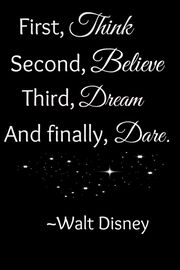|
May 20, 1963, Walt Disney explored the Gateway Arch area in St. Louis, where construction had been ongoing since February. During his visit, he was in discussions about the potential Riverfront Square project with James P. Hickok, the president of the Civic Center Redevelopment Corporation. Disney had been invited to contribute to the development of this Missouri tourist attraction and was contemplating St. Louis as the site for his next Disneyland venture.
𝗛𝗲𝗿𝗲 𝗮𝗿𝗲 𝘀𝗼𝗺𝗲 𝗸𝗲𝘆 𝗽𝗼𝗶𝗻𝘁𝘀 𝗿𝗲𝗴𝗮𝗿𝗱𝗶𝗻𝗴 𝗪𝗮𝗹𝘁 𝗗𝗶𝘀𝗻𝗲𝘆’𝘀 𝗰𝗼𝗻𝘀𝗶𝗱𝗲𝗿𝗮𝘁𝗶𝗼𝗻 𝗼𝗳 𝗦𝘁. 𝗟𝗼𝘂𝗶𝘀: 1. Riverfront Square Concept: The project intended for St. Louis was known as “Riverfront Square.” Disney envisioned an indoor theme park that would take advantage of the city’s history and its connection to the Mississippi River. The park was to be built on the historic riverfront area near the Gateway Arch, which was under construction at the time. 2. Plans & Attractions: Riverfront Square was planned to feature a variety of attractions, including a Lewis and Clark adventure ride, a haunted house, and several other rides and shows reminiscent of those found in Disneyland. The park was designed to be an all-weather facility, capitalizing on the indoor concept to protect visitors from St. Louis's varied climate. 3. Challenges & Abandonment: Several challenges arose during the planning stages that ultimately led to the project's abandonment. One significant issue was financing and the demand from the local business community for Disney to sell alcohol at the park, which Walt Disney strongly opposed. Additionally, logistical and practical concerns related to the park's location and the feasibility of the indoor concept contributed to the project's demise. When It’s a Small World opened in Disneyland on May 28, 1966, Walt wanted to make a big show of it. Originally part of the New York World’s Fair, the attraction was moved and reassembled in the Fantasyland area of the park.
Children from around the world poured bottles of water from from the Thames, Seine, Amazon, Danube, Nile, Volga, Rhine, Caribbean, Mediterranean, Atlantic, Pacific, Australia, New Zealand, Japan, among others. The 15 bottles in total were poured to symbolize the coming together of the children of the world. For the first time ever, Christmas with Walt Disney is available to stream exclusively on Disney+.
In an original production for The Walt Disney Family Museum directed by Don Hahn, view Disney family home movies and holiday segments from Walt’s shorts and feature films as Walt’s daughter, Diane, shares her Christmas memories alongside Disney family home movies, holiday segments classic Disney films, and vintage Disneyland footage. This is a list of territories where Christmas with Walt Disney premiered on 11/24: US/CA, UK/IE/GI, AU/NZ, Italy, BeNeLuX, Singapore, Philippines, Balkans, and S. Africa. It's not clear what other territories may be added later. Every Disney fan knows about the lamp inside Walt's apartment on Main Street. After Walt's passing, the lamp in the window above the fire station remains on, symbolizing that his spirit continues to live at Disneyland. In Hollywoodland at DCA, there's an art deco building representing the home of Walt Disney Studios. The awnings are similar to those of the animation dept at the actual studios located in Burbank. Legend has it that Walt wanted everyone to have a window in their office in order to let natural light in. At DCA, the corner office of the Walt Disney Studios building, which seems to represent Walt's 3rd floor corner office in Burbank, has a light that never goes out. Another way of paying homage to the artist Walt Disney at his studio office. According to Biography, in 1966 Disney saw a doctor in the hopes of treating a long-standing neck injury from polo. When the x-rays came back they showed that Disney had a tumorous mass on his left lung.
Almost immediately he began to receive extensive care, and surgery to remove the lung. While the operation was successful, the extreme physical stress of the treatment left Disney incredibly weak, plus there was no guarantee that the cancer had not begun to spread elsewhere. In late November he needed to return to the hospital after briefly leaving to meet with relatives, and he remained there for the little time he had left. Walt Disney died Dec 15, 1966 in Burbank at Saint Joseph Medical Center. Born in Chicago Dec. 5, 1901 to Elias Disney and Flora Call Disney.
Disney took up drawing soon after moving to a farm around age five. His neighbor, "Doc" Sherwood was the first person to pay him for his work drawing Doc's horse, Rupert. Walt Disney not only conceptualized the beloved Mickey Mouse -- he immortalized him in the nation's psyche with those comically high-pitched mouse noises. He supplied the voice in more than 100 short films, including one "Get a Horse," which was released ahead of "Frozen" in 2013. Walt Disney holds all kinds of records from the Academy Awards, most notably most total awards won by an individual and most Oscars in a single year by an individual. If you're wondering where he put them all, many are now in The Walt Disney Family Museum. Read the important facts of Walt Disney's timeline. |
Categories
All
Archives
July 2024
|

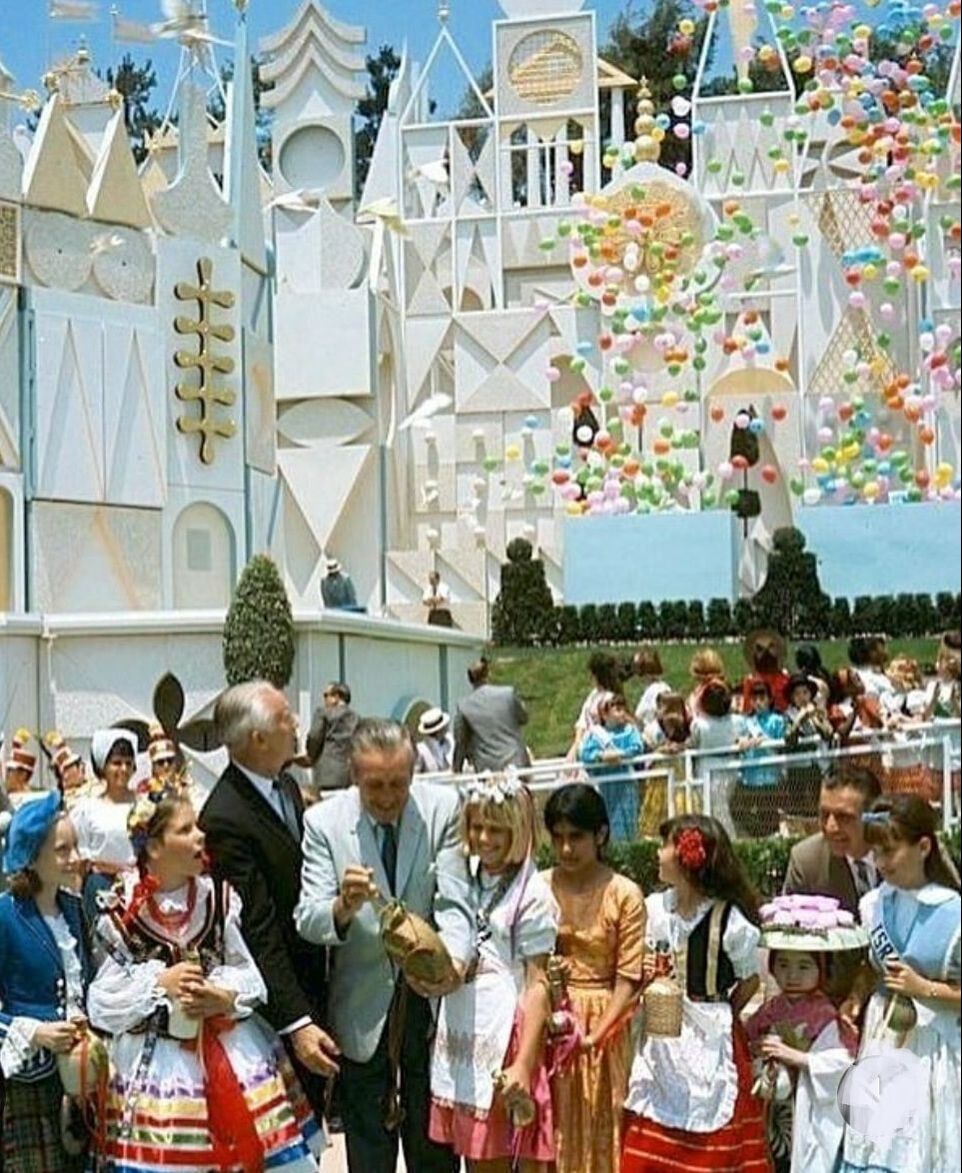
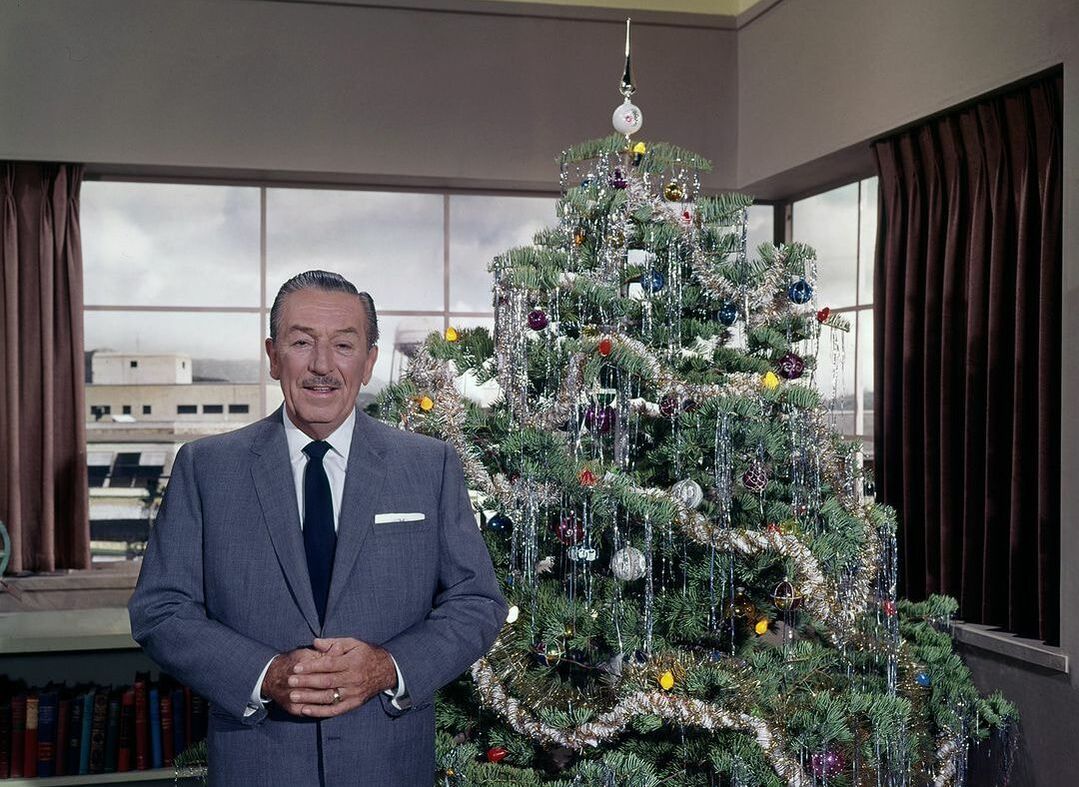
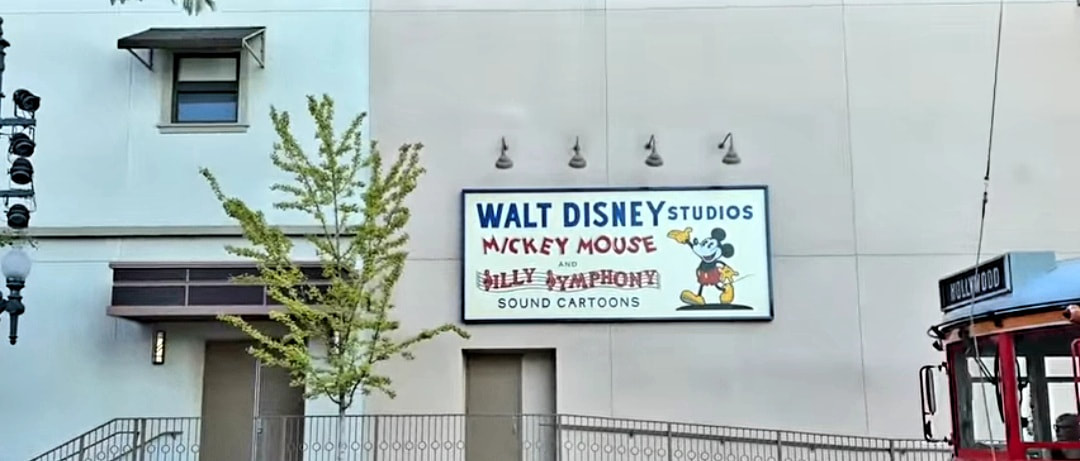
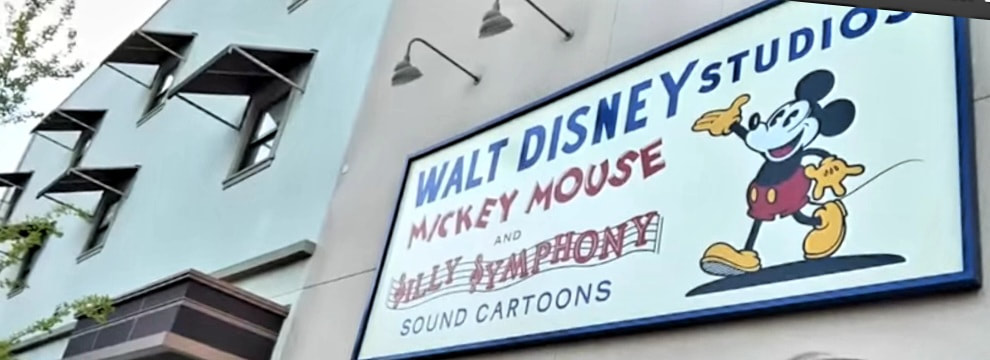
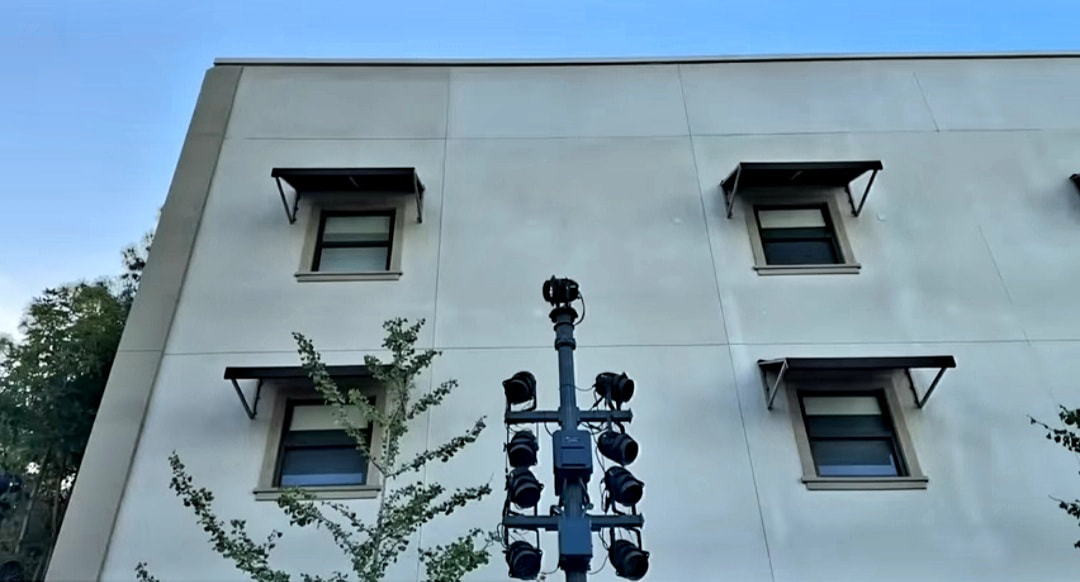
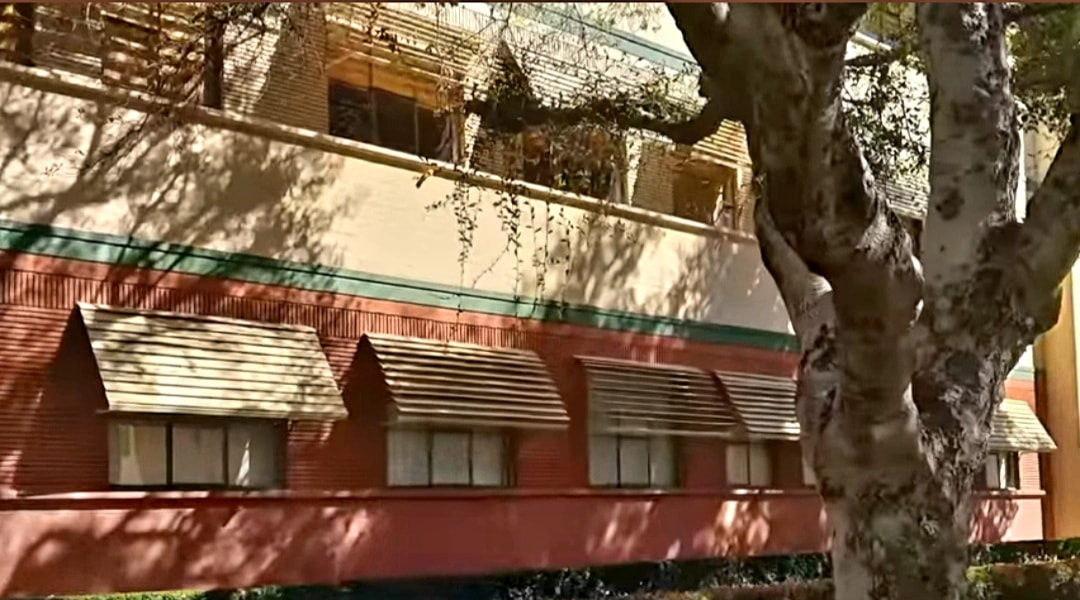
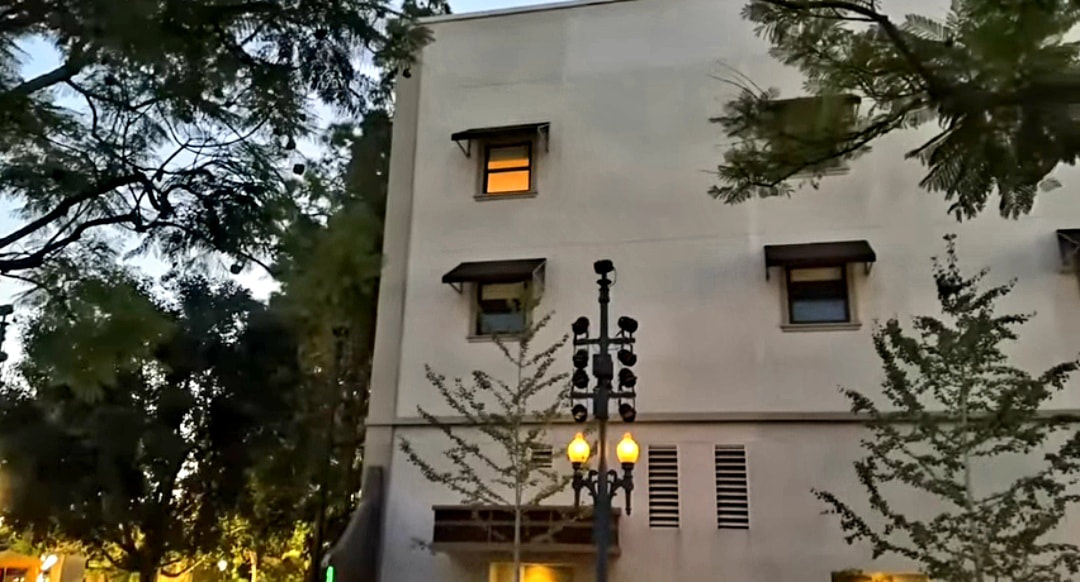
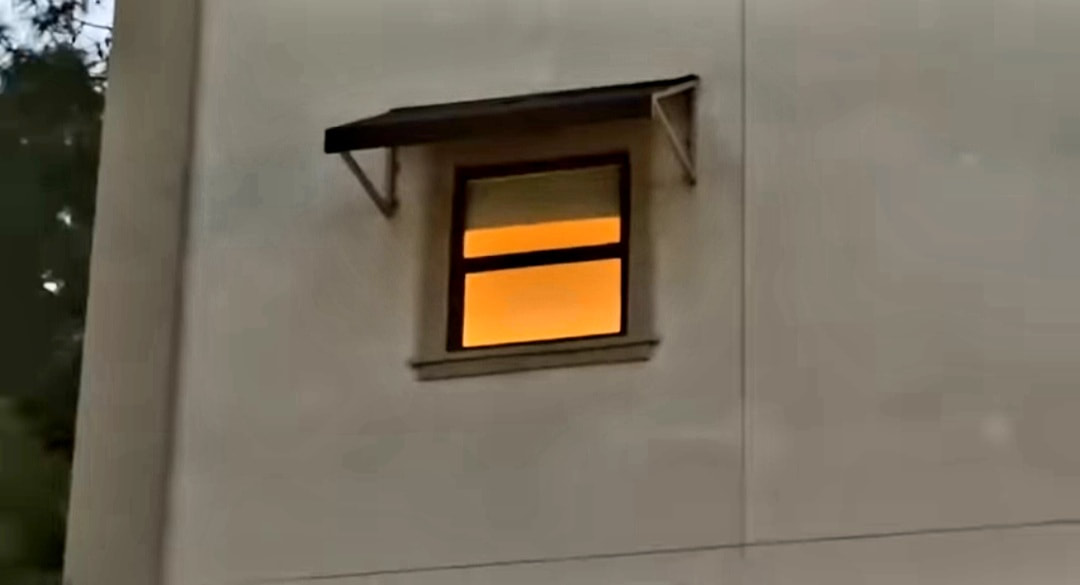
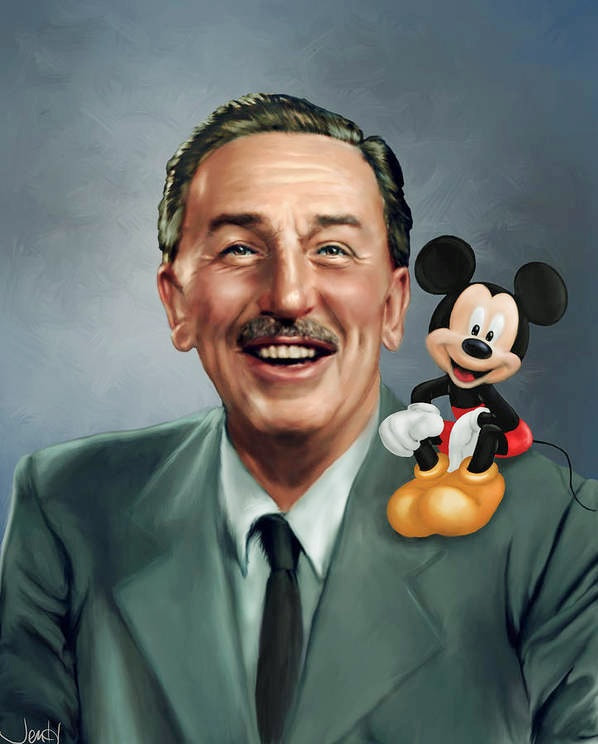

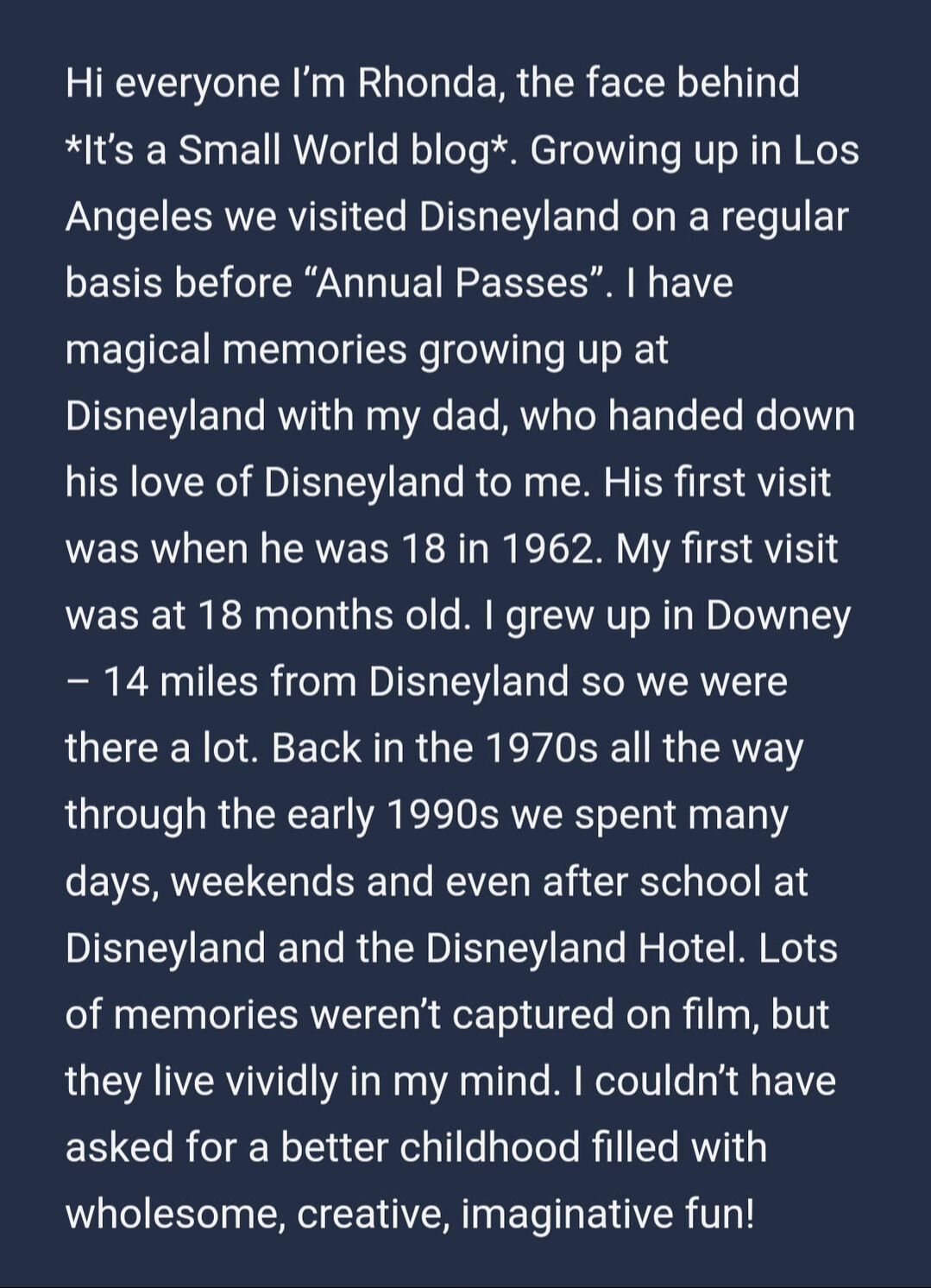
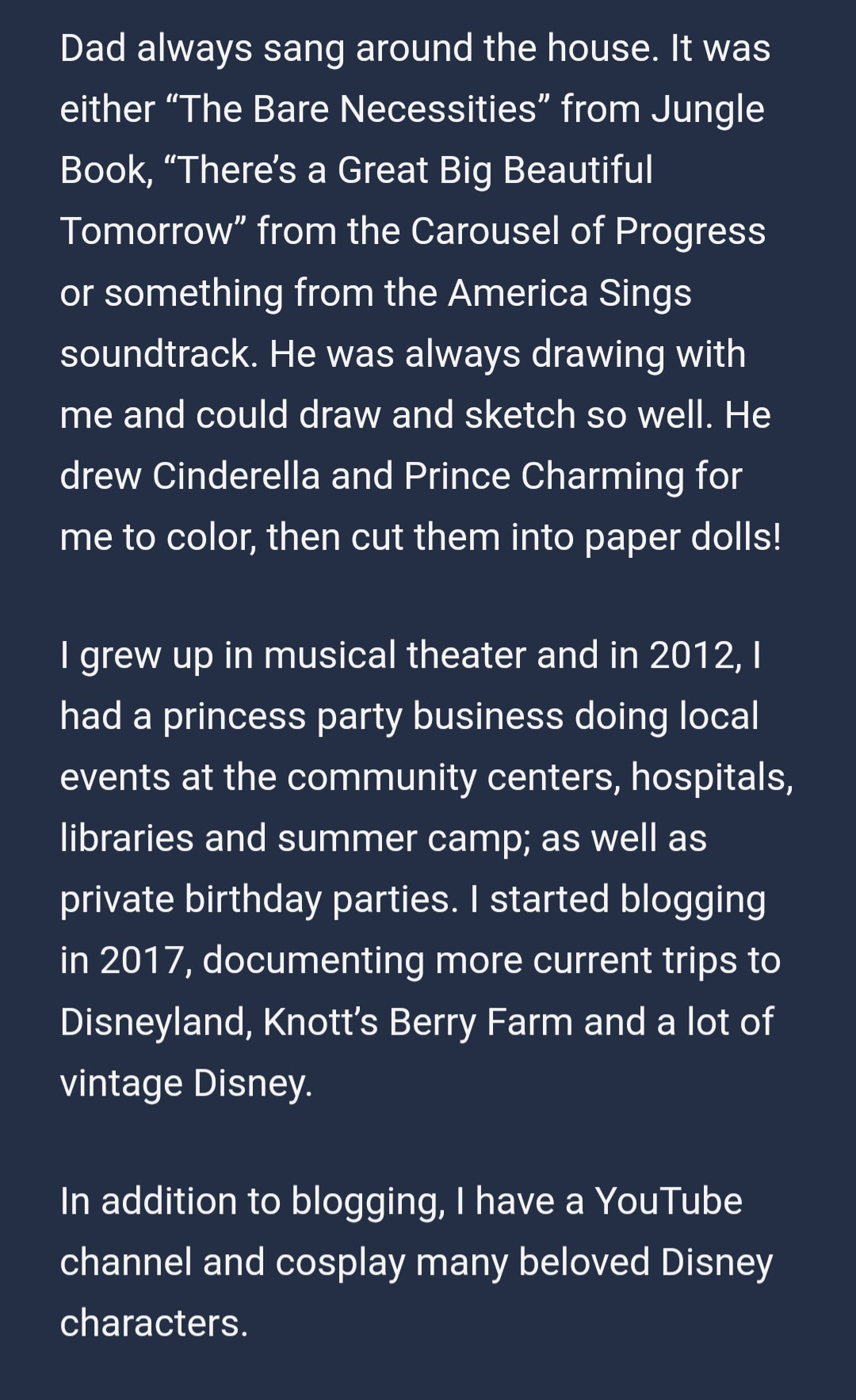
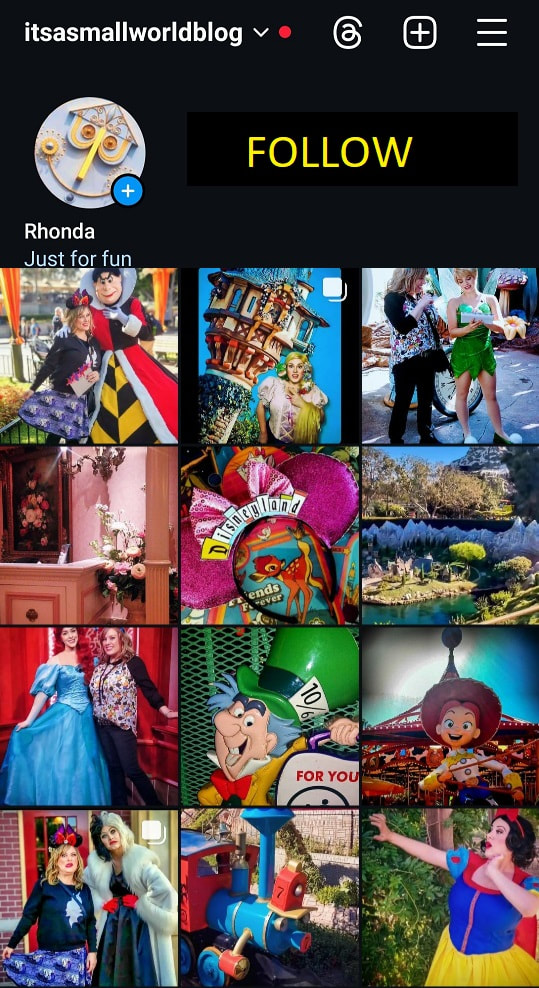

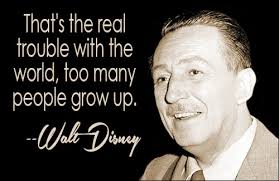
 RSS Feed
RSS Feed
